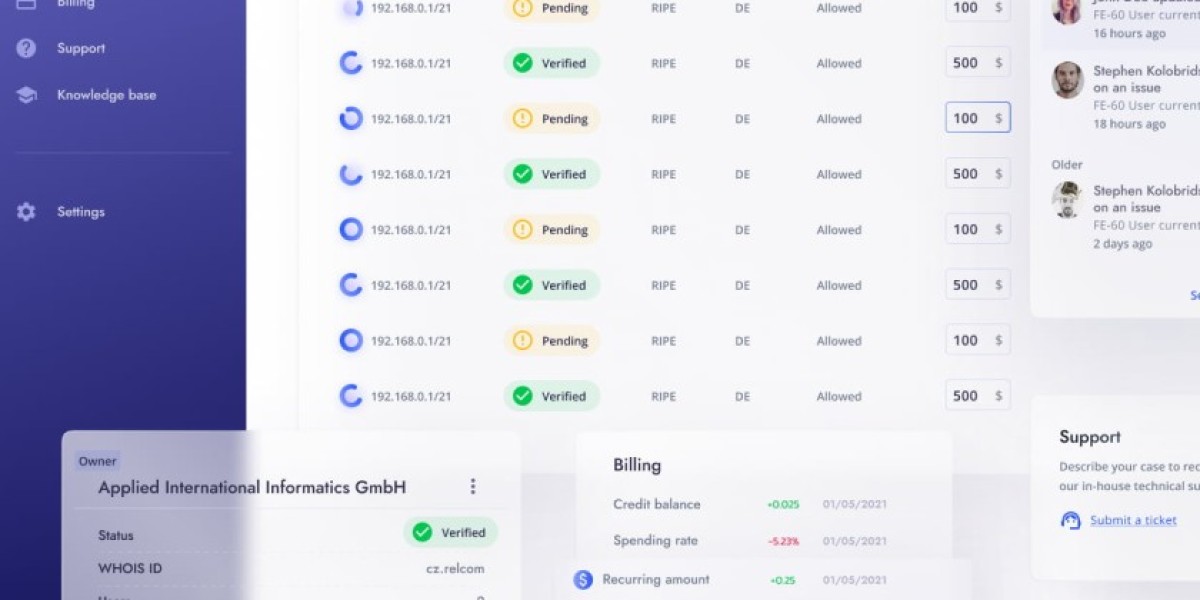Unlock the Secrets: Mastering Your Car Tire Air Pump for Perfect Performance!
Maintaining proper tire pressure is critical for both safety and performance on the road. Under-inflated tires can lead to decreased fuel efficiency, uneven tire wear, and even blowouts, posing serious risks to drivers and passengers alike. Conversely, over-inflated tires can result in a harsher ride and reduced traction. This is where a car tire air pump comes into play, serving as an essential tool for every vehicle owner. Whether you're preparing for a long road trip or simply performing routine maintenance, understanding how to use a tire air pump effectively is crucial for ensuring your tires are always at their best. In this article, we will delve into the various types of car tire air pumps, their benefits, and essential maintenance tips to keep your pump in prime condition.

Understanding Car Tire Air Pumps
A car tire air pump is a device used to inflate vehicle tires, ensuring they maintain the correct pressure for optimal performance. These pumps come in various types, including manual pumps, electric pumps, and portable compressor models. Manual pumps, often operated by foot or hand, can be effective but require considerable effort, especially for larger tires. Electric pumps, on the other hand, provide convenience and speed, often featuring built-in pressure gauges to help you achieve accurate inflation. Portable compressors are ideal for on-the-go use, fitting easily in your trunk for emergencies. Regardless of the type you choose, the fundamental functionality remains the same: to deliver air into the tire until it reaches the manufacturer's recommended pressure.
Why Use a Car Tire Air Pump?
Using a car tire air pump offers numerous benefits that go beyond mere convenience. First and foremost, having a properly inflated tire enhances your vehicle's safety. Correct tire pressure improves traction, decreases the likelihood of tire blowouts, and promotes even tire wear, extending the lifespan of your tires. Additionally, maintaining optimal tire pressure can lead to better fuel efficiency. Under-inflated tires can increase rolling resistance, causing your engine to work harder and consume more fuel. Moreover, having a tire pump readily available can save you money on trips to the gas station or tire shop, making it a cost-effective solution for proactive vehicle maintenance. A friend of mine once shared how carrying a portable air pump saved him from being stranded on a remote road; he was able to inflate his tire and continue his journey without a hitch.
How to Use a Car Tire Air Pump Effectively
To use a car tire air pump effectively, start by preparing your vehicle. Ensure your car is parked on a level surface and gather the necessary tools, including the pump, a tire pressure gauge, and a valve cap. Begin by checking the current pressure of your tires with the gauge. Most vehicles have a recommended pressure listed inside the driver's door or in the owner's manual. Next, remove the valve cap from the tire you wish to inflate. Attach the pump nozzle securely to the valve stem, ensuring there's no air leakage. Power on the pump and monitor the pressure gauge as the tire inflates, stopping once you reach the desired pressure. Finally, remove the pump, replace the valve cap, and repeat the process for the remaining tires. For accuracy, double-check each tire's pressure once you've finished inflating. This simple routine not only keeps your tires in good shape but also enhances your driving experience.
Maintenance Tips for Your Tire Air Pump
To prolong the life of your tire air pump, proper maintenance is essential. First, always store the pump in a cool, dry place away from direct sunlight, as extreme temperatures can damage its components. After each use, clean the nozzle and hose to prevent dirt buildup, which can lead to performance issues. Periodically check for wear and tear, particularly on the power cord and connectors of electric pumps. If you notice any fraying or damage, it's best to replace the pump rather than risk malfunction. Additionally, make it a habit to test the pump's functionality regularly to ensure it's ready for use when you need it. By following these simple maintenance tips, you can ensure that your tire air pump remains reliable for years to come.
Common Mistakes to Avoid
When using a tire air pump, there are several common mistakes to avoid for optimal performance. One frequent error is neglecting to check the tire pressure before inflating. This can lead to over-inflation, which can compromise tire integrity and safety. Another mistake is failing to ensure a secure connection between the pump and the tire valve, which can cause air leaks and inaccurate readings. Additionally, some users forget to replace the valve cap after inflating, exposing the valve to dirt and debris that can lead to leaks. Lastly, many people overlook the importance of checking the pump's power source before beginning, especially with electric models. Taking a moment to avoid these pitfalls can save you time and ensure your tires are properly cared for.
Maximizing Tire Safety and Performance
In summary, a car tire air pump is an invaluable tool for any vehicle owner, contributing significantly to safety, performance, and cost-effectiveness. By understanding how to use your pump properly, adhering to maintenance tips, and avoiding common mistakes, you can ensure that your tires remain in optimal condition. Regularly checking and maintaining tire pressure not only enhances your driving experience but also promotes safer journeys on the road. Embrace the convenience of having a tire air pump at your disposal, and you'll drive with confidence, knowing you're taking the necessary steps to protect yourself and your vehicle.







